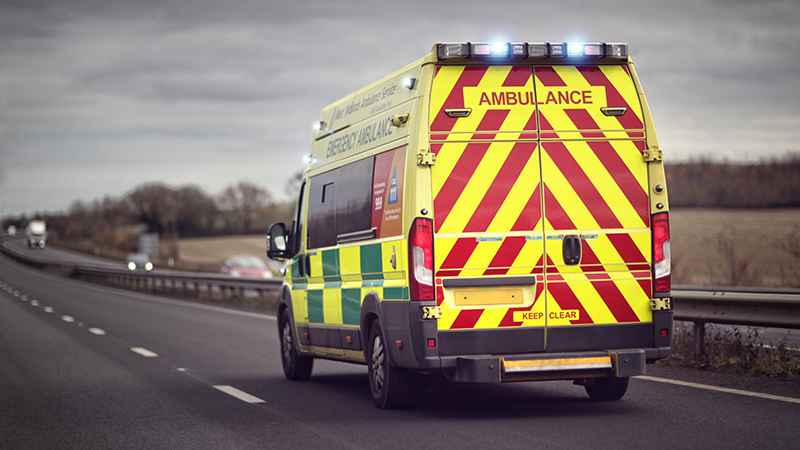Lifting A Fallen Person Yourself Vs Calling An Ambulance
Should ambulance services respond to falls?
Falls are a leading reason for people to call for an ambulance, accounting for 8–10 per cent of all 999 calls1. The reality is, many of these falls are minor or no-injury falls, and the ambulance service is simply attending to assist the fallen person off the floor.
In the recent ‘Going Further For Winter’ guidance from NHS England, NHS England state that “Not all falls result in serious injury, and a proportion of falls can be responded to by community-based response services, supporting NHS statutory services such as ambulance services to prioritise higher acuity patients.”
Because of the amount of pressure that the NHS is under, particularly the emergency services, we don’t believe that an ambulance response is an appropriate response for minor and no-injury falls.

The impact of minor and no-injury falls on the ambulance service
Having to respond to minor and no-injury falls worsens the ambulance service’s response times to Category 1 and 2 calls, or life-threatening incidents.
There is also the financial impact, with falls costing the NHS more than £2.3 billion every year. Increasing the pressure on the ambulance service by responding to unnecessary calls only adds to the overall system pressure and the pressure on hospitals.
Enabling non-ambulance resources, such as Community First Responders and Urgent Community Response Teams, to respond to non-injury and minor injury falls allows ambulance services to improve their category 1 and category 2 ambulance response times and improve the outcomes for fallers.
Related article: How Much Do Falls Cost The NHS?
When should an ambulance be called after a fall?
By carrying out an appropriate risk assessment of the fallen person, using clinically approved assessment tools such as ISTUMBLE, you are able to thoroughly assess the person for injury and take the appropriate next step.
If the fallen person has suffered a major injury such as a hip fracture, stroke, heart attack, or severe bleeding, to name a few, the ambulance service should be called immediately, due to the life-threatening nature of these incidents.
Assessment tools such as ISTUMBLE will guide you on when you should call an ambulance, and when you shouldn’t call an ambulance.
Related article: How do you know if a fallen person is safe to lift from the floor?
When should you lift a fallen person yourself?
For minor injury falls, assessment tools such will advise that first aid is given, and then that the person should be lifted. It will also give you the option of contacting local response services such as Urgent Community Response Teams, which are set up to respond to incidents such as minor injury falls.
If a person has suffered no injuries, but simply needs help being lifted from the floor, these falls should be responded to by yourself.
How do you lift a fallen person yourself?
We have a complete article addressing how you lift a fallen person from the floor, whether you have access to specialist equipment or not. It covers how to lift a fallen person using:
- A Hoist and sling
- A Mangar inflatable lifting cushion
- A Raizer Lifting Chair
- No specialist equipment
To view the article, please click here.
Citations
[1] http://aace.org.uk/wp-content/uploads/2011/11/ASN-factsheet-June-2010.pdf
Related articles
Reducing Ambulance response times | 3 solutions to the current crisis (with examples)
How Much Do Falls Cost The NHS?
How Do You Lift an Elderly Person Who Has Fallen? (With Or Without Equipment)
Get in touch
Got a question or want to send us a message? Let’s talk.